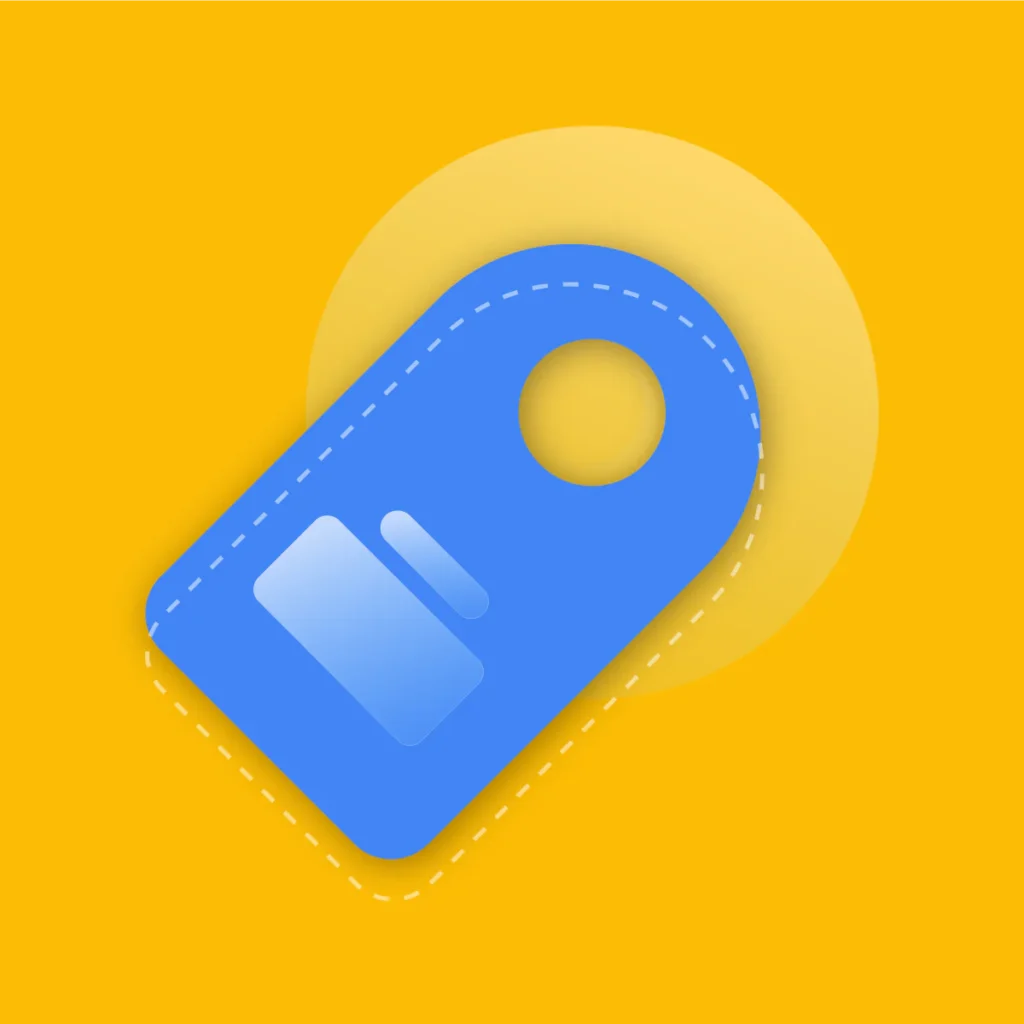In today’s competitive eCommerce landscape, speed isn’t just a luxury,it’s a necessity.
A delay of just one second in page load time can lead to a 7% drop in conversions, a 16% decrease in customer satisfaction, and 11% fewer page views (Aberdeen Group).
When it comes to Shopify, one of the biggest culprits behind slow page speeds is third-party apps.
While these tools are critical for growing functionality,from email marketing and SEO to upselling and reviews,they can significantly drag down performance if not optimized properly.
In this guide, we’ll dive into how Shopify app performance impacts your store’s speed, conversions, and SEO,and what you can do to optimize it without sacrificing critical features.
Key Takeaways
- Are your apps silently slowing down your Shopify store? Learn how hidden app scripts impact your load time and user experience.
- Fast stores convert better. Discover how even a 1-second delay can slash conversion rates by up to 20%.
- Not all apps are created equal. Find out which types of apps are the usual culprits in performance drag,and how to audit them.
- Speed ≠ features. Learn how to balance functionality with performance using native integrations and headless commerce strategies.
- Boost store performance without losing sales tools. Get actionable tips on optimizing Shopify app usage.
- Curious if your store is already bloated? Use performance tools to diagnose slowdowns in minutes.
What is Shopify App Performance?
Shopify app performance refers to how efficiently third-party or custom apps function within your store without negatively impacting your website’s speed, responsiveness, and overall user experience.
Most Shopify apps inject scripts, stylesheets, or assets into your store’s theme. Over time, especially when apps are added but not removed properly, this can lead to bloated code, script conflicts, and longer load times.
Why App Performance Matters
1. Impact on Load Speed
- The average Shopify store uses 6 to 10 third-party apps, according to Store Leads, but even a single poorly optimized app can add 500ms or more to your load time.
- A Google study found that as page load time increases from 1s to 3s, the probability of a bounce increases by 32%.
2. Conversion Rate Optimization (CRO)
- According to Portent, the highest eCommerce conversion rates occur on pages that load in under 2 seconds.
- Mobile performance matters even more,53% of mobile users abandon a site if it takes more than 3 seconds to load (Google, 2023).
3. SEO Performance
Google uses Core Web Vitals (CWV) as a ranking factor, focusing on:
- Largest Contentful Paint (LCP)
- First Input Delay (FID)
- Cumulative Layout Shift (CLS)
Bloated apps often interfere with these metrics, hurting your search visibility and organic traffic potential.
Recommended Blogs for You:
👉 Technical SEO for Shopify: Complete Optimization Guide
👉 Schema Markup for Shopify: Complete Implementation
👉 How to Add Social Proof to Your Shopify Store: The Ultimate Guide to Boost Trust & Sales
👉 Facebook Ads for Shopify: Complete Marketing Guide 2025
How Apps Slow Down Your Shopify Store
Common Culprits:
- Script Injection: Apps load JavaScript asynchronously or synchronously,some block rendering.
- External APIs & CDN Requests: Reliance on third-party servers can delay loading.
- Redundant or Abandoned Apps: Even deleted apps may leave behind residual code.
- Theme Bloat: Apps that alter the theme.liquid or sections without clean uninstall protocols.
Signs of Poor App Performance:
- Slow page transitions
- Lagging mobile performance
- Spikes in Time to Interactive (TTI)
- High bounce rates on landing pages
How to Measure Shopify App Performance
Run a PageSpeed Insights Test
Use Google PageSpeed Insights to:
- Measure LCP, FID, and CLS
- Identify JavaScript and CSS issues
Use Lighthouse or GTmetrix
Advanced analysis tools that can show which scripts are loading slowly and whether they come from apps.
Shopify Theme Inspector
Use this tool in Chrome DevTools to trace Liquid render performance.
Optimization Strategies: How to Improve Shopify App Performance
1. Audit Your Installed Apps
- Remove unused or duplicate apps.
- Check app reviews for performance-related feedback.
- Use tools like Shopify Analyzer or SpeedBoostr.
2. Replace Apps with Native Features
- Use Shopify-native features or upgrade to Shopify Plus for built-in solutions like scripts, checkout customizations, or automation.
3. Lazy Load App Scripts
- Delay loading non-essential scripts using asynchronous loading.
- Shopify Plus merchants can control script load timing via ScriptTag API.
4. Bundle or Combine App Functions
Instead of 5 different apps for popups, reviews, loyalty, analytics, and email, try comprehensive platforms like:
- Klaviyo (Email + SMS)
- Judge.me (Reviews + UGC)
- Vitals (40+ tools in one)
5. Go Headless or Use Hydrogen
Advanced stores can shift to headless commerce using Shopify’s Hydrogen framework for maximum control over script loading and performance.
FAQ: Shopify App Performance
Do deleted apps still slow down my store?
Yes. Many apps leave behind residual code in your theme.liquid file or snippets. Always manually remove leftover code or use cleanup tools.
Which apps are most likely to slow down a store?
1. Review widgets
2. Live chat tools
3. Page builders
4. Pop-ups and email opt-ins
5. These often inject heavy scripts or load external assets.
Can app performance affect my SEO rankings?
Absolutely. Poor Core Web Vitals caused by bloated apps can lead to lower search rankings and reduced organic visibility.
How can I test which app is slowing my store down?
Use Chrome DevTools > Network tab to see script sources and load time. Tools like GTmetrix and Shopify Analyzer also highlight slow-loading scripts.
Conclusion: Clean Code, Fast Sales
Shopify apps are powerful growth tools, but they can quickly become performance liabilities if left unchecked.
By auditing, consolidating, and optimizing app usage, you can keep your store fast, improve SEO, and boost conversion rates,all without compromising on features.
A fast store isn’t just good UX,it’s good business. Take the time to fine-tune your Shopify app performance and you’ll create a leaner, faster, and more profitable eCommerce experience.




